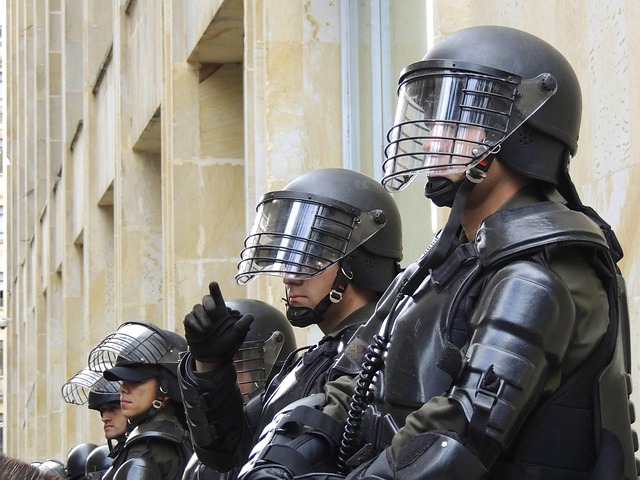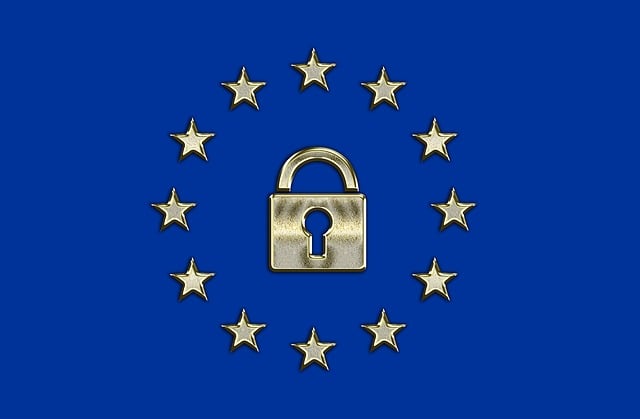The Role of Judge in Determining Sentences for antitrust violations is crucial. Judges interpret complex laws, weigh factors like market harm, violation duration, and prior offenses, ensuring penalties are proportional to the breach. This process sets precedents, acts as a deterrent, and promotes corporate accountability through post-sentencing monitoring, requiring specialized legal knowledge to navigate complex cases effectively.
Antitrust violation cases are pivotal moments for corporations, shaping their future through stringent legal evaluations. This article delves into the intricate web of antitrust laws, their enforcement mechanisms, and the critical role of judges in pre-sentencing assessments. We explore factors influencing sentence severity and the importance of post-sentencing monitoring in fostering corporate responsibility. Understanding these dynamics is crucial for businesses aiming to navigate regulatory landscapes effectively.
- Understanding Antitrust Laws and Their Enforcement
- The Judge's Role in Pre-Sentencing Evaluations
- Factors Influencing Sentence Severity in Violation Cases
- Post-Sentencing Monitoring and Corporate Responsibility
Understanding Antitrust Laws and Their Enforcement

Antitrust laws are designed to foster fair competition and protect consumers from anti-competitive practices. These laws cover various aspects of business conduct, including price fixing, market division, and monopolistic behavior. When a company is found guilty of violating antitrust regulations, the role of the judge becomes pivotal in determining the appropriate sentence. The judiciary plays a critical role in interpreting complex legal provisions and ensuring that penalties reflect the severity of the offense, acting as a deterrent to future violations.
Judges consider multiple factors when imposing sanctions for antitrust violations. These may include the nature and extent of market harm caused, the duration of the violation, the company’s prior history (if any), and its cooperation in the investigation. For example, companies engaging in white-collar defense strategies, often representing their clients within philanthropic and political communities, might face different sentencing outcomes compared to those with a history of repeated antitrust breaches.
The Judge's Role in Pre-Sentencing Evaluations

In antitrust violation cases, the judge plays a pivotal role in pre-sentencing evaluations, which are crucial for determining the outcome and justice served. They possess the expertise to analyze complex legal matters, scrutinize evidence, and interpret laws related to competition and fair trade practices. During this phase, judges assess the severity of the infraction, considering factors like market impact, duration of the violation, and any attempts at rectification by the accused respective business.
This evaluation is not limited to isolated incidents but encompasses all stages of the investigative and enforcement process. The judge’s interpretation can significantly influence whether a case proceeds to trial or settlement negotiations. Moreover, their decision on sentencing sets the precedent for future cases, ensuring that similar violations face commensurate consequences and fostering a competitive environment that adheres to antitrust principles.
Factors Influencing Sentence Severity in Violation Cases

The severity of sentences in antitrust violation cases is influenced by several key factors, with the role of the judge being pivotal in determining the outcome. Judges weigh a multitude of considerations when passing sentence, including the specific nature and extent of the anti-competitive conduct, its impact on the market, and any extenuating circumstances or mitigants. The goal is to impose a penalty that is both just and proportionate to the harm caused, while also deterring similar behavior in the future.
The judge’s experience, legal expertise, and personal values play a significant role in sentence severity. They must balance the need for punishment against potential rehabilitation of the corporate or individual clients, considering the unique circumstances of each case. In unprecedented track records where anti-competitive practices have caused widespread harm across the country, judges often face complex decisions, requiring them to carefully consider all available evidence and legal precedents before rendering a sentence.
Post-Sentencing Monitoring and Corporate Responsibility

After a verdict is reached in an antitrust violation case, the court’s role extends beyond simply delivering justice. The judge plays a pivotal part in post-sentencing monitoring, ensuring that the convicted corporation understands and upholds its responsibilities. This includes implementing measures to prevent future violations, such as modifying business practices or appointing independent monitors. Such oversight is crucial for fostering corporate accountability and promoting a culture of ethical conduct within the organization.
Moreover, while general criminal defense strategies may be employed by both corporate and individual clients facing antitrust charges, navigating these complex cases often requires specialized knowledge. Winning challenging defense verdicts hinges on meticulous legal arguments that challenge the interpretation of antitrust laws and their application to specific circumstances. The ultimate goal is not just to avoid punishment but also to protect the interests of the company while ensuring compliance with the law for sustainable long-term success.
In conclusion, the successful enforcement of antitrust laws relies on a multifaceted approach. From understanding regulatory frameworks to post-sentencing monitoring, each component plays a crucial part in maintaining fair market competition. The role of the judge in pre-sentencing evaluations and determining sentence severity is particularly significant, factoring in various influences to ensure just outcomes. By examining these elements comprehensively, we can foster corporate responsibility and deter future antitrust violations, ultimately safeguarding consumers and the competitive landscape.






